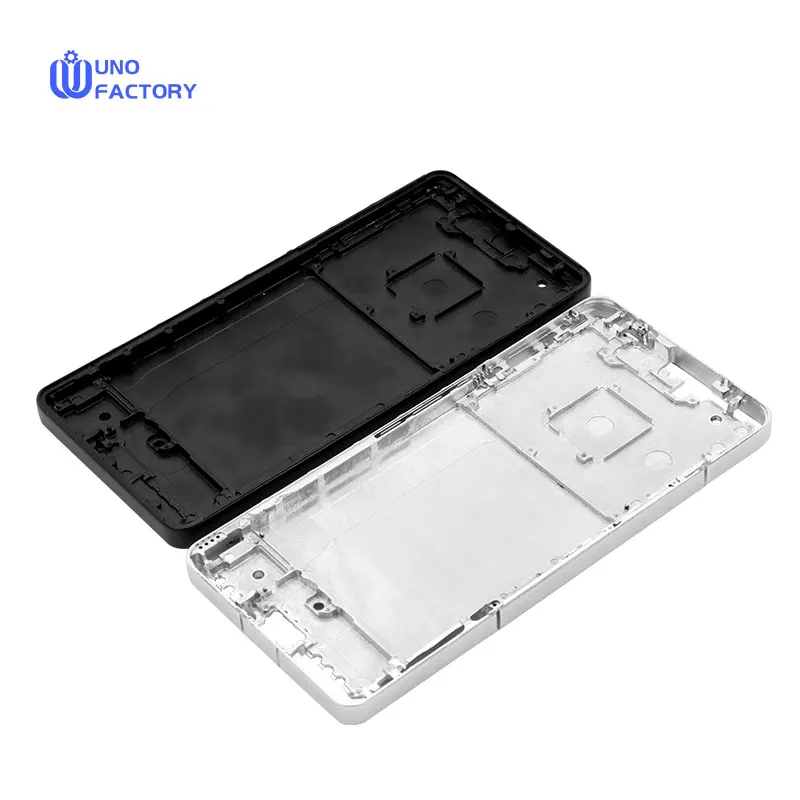Time to read: 6 min

Die casting is a highly favored manufacturing process in industries such as automotive, aerospace, and energy. However, the high cost of die casting has always been a focal point of concern for businesses. This article will delve into the key factors that affect die casting costs and provide strategies for cost optimization, helping businesses to effectively control costs while enjoying the benefits of high precision, complex part manufacturing, and more.
Composition of Die Casting Costs
The high cost of die casting is not without reason. From material selection to the production process, and then to the design and maintenance of molds, each link can affect the final cost. Understanding these cost factors is the first step in optimizing costs and improving production efficiency.
Material Costs
Materials are an indispensable part of die casting costs. Aluminum, due to its excellent quality and lightweight characteristics, has become one of the most popular die casting materials. However, this also means higher material costs. The weight, volume, density, and unit price of materials are all key to affecting costs.
Production Costs
Production costs are closely related to the type of machine, labor, and production efficiency. Large parts require larger tonnage machines, which directly relate to the cost of die casting machines. By reducing cycle times (injection time, cooling time, and reset time) and part wall thickness, production costs can be effectively reduced.
Mold Costs
Molds are the "containers" in the die casting process, and their design and materials directly affect costs. A well-designed mold can improve production efficiency and reduce material use, thereby reducing costs. At the same time, proper mold maintenance is also key to ensuring mold life and reducing long-term costs.
Die Casting Cost Optimization Strategies
After understanding the cost composition, businesses can adopt the following strategies to optimize die casting costs:
Simplified Product Design
Simplifying product design can reduce material usage and mold complexity, thus reducing costs. However, this does not mean sacrificing product quality but achieving cost-effectiveness through optimized design.
Use of Multi-Cavity Molds
Multi-cavity molds can produce multiple parts at the same time, significantly improving production efficiency and reducing the cost per part.
Mold Maintenance and Reuse
Proper mold maintenance can extend the life of the mold, reducing the frequency of replacement, and thus reducing long-term costs. At the same time, considering the reuse of molds is also an effective way to reduce costs.
Conclusion
Although die casting is a precision manufacturing process with high costs, businesses can still effectively control costs while ensuring product quality through reasonable cost management and optimization strategies. Choosing a professional die casting service provider, such as Unofactory, can further help businesses achieve cost optimization.




